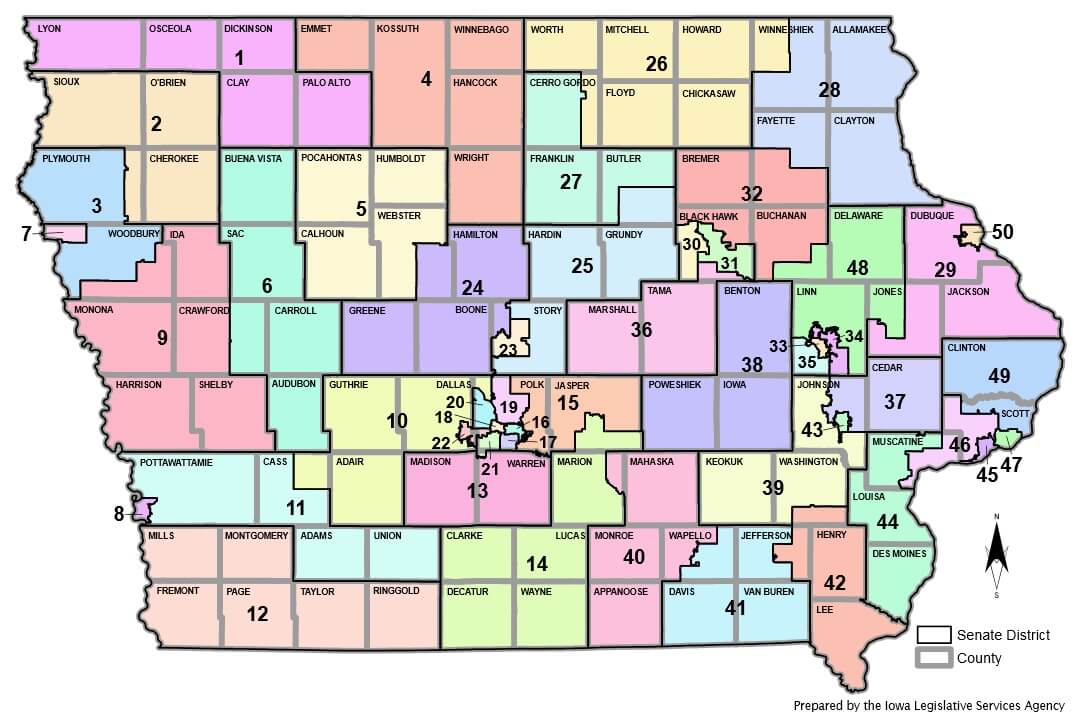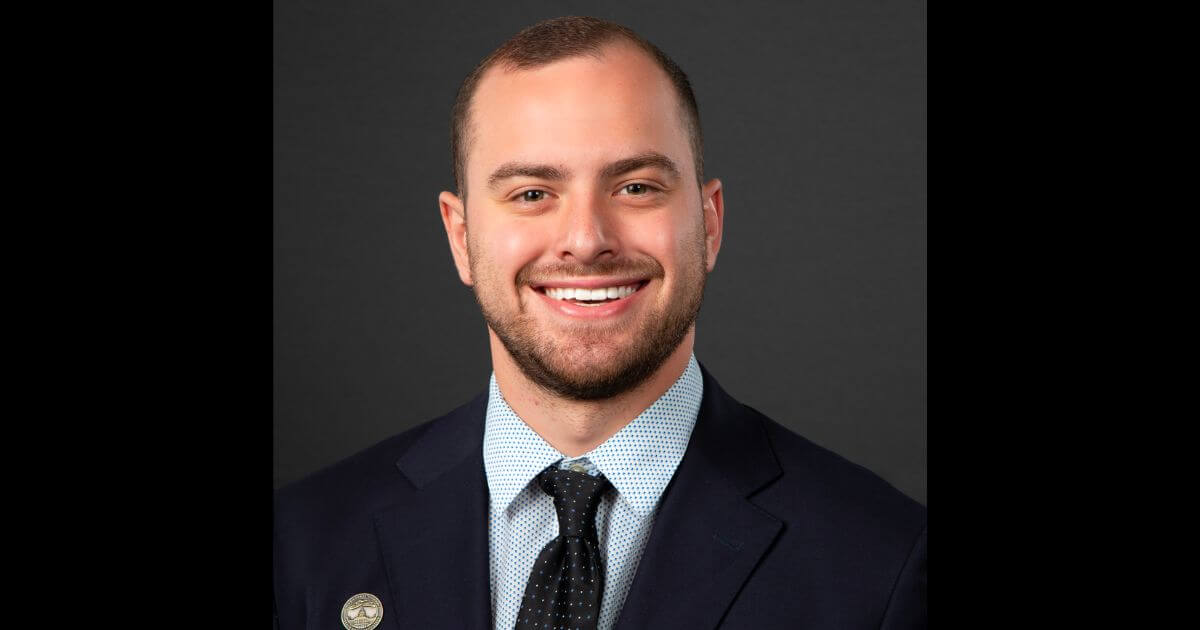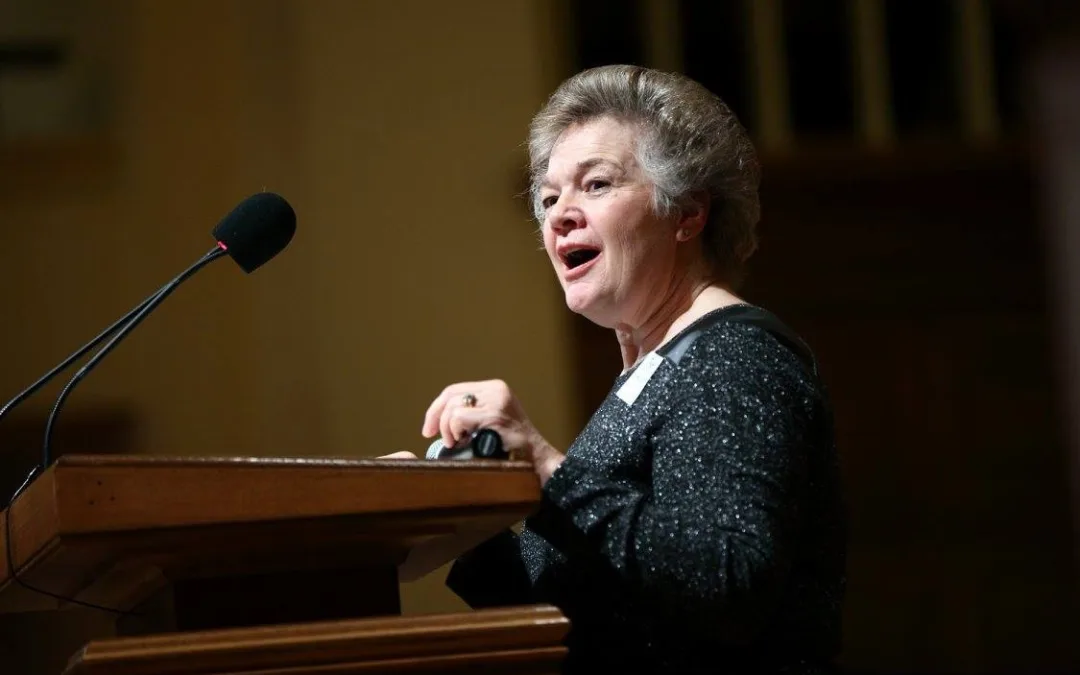
The Iowa Secretary of State’s office released this morning the updated registration totals for July, which are the first to show major shifts from the June 6 primary. Overall, Republicans saw the largest registration gain, adding 10,094 voters to their rolls while Democrats had 4,823 new registrants. No Party totals dropped by 9,499.
Those top-lines are pretty good for Republicans, but lets take a deeper look to see why registration levels changed and where. As before with the early vote numbers, you can take a look at the spreadsheets I threw together if you want to play around with it yourself.
First, the Congressional districts. Here’s the change in raw numbers for each party:
| CD | Dem | GOP | Ind |
| 1 | 2515 | 1165 | -2533 |
| 2 | 1647 | 1772 | -2083 |
| 3 | 1844 | 1503 | -1261 |
| 4 | -1183 | 5653 | -3622 |
And the percent change if that’s helpful:
| CD | Dem | GOP | Ind |
| 1 | 1.5% | 0.8% | -1.4% |
| 2 | 1.0% | 1.2% | -1.3% |
| 3 | 1.1% | 0.9% | -0.8% |
| 4 | -1.0% | 3.0% | -2.2% |
As you can see, over half of Republicans’ voter registration gains came from the already-solidly Republican 4th District. Steve King’s primary fight against Rick Bertrand, along with competitive Republican primaries in HD 4 and HD 6 drove the state’s registration switches. There was a lot more loss from the No Party voter registrations in the 4th than the Democrats, so it doesn’t appear many Democrats decided to cross over to vote against King. My guess would be that it was the more moderate voters of the district trying to get rid of King by switching from their No Party registration. So while Republicans may crow about these new numbers, a lot of it appears driven by voters’ anger over one of Iowa Republicans’ top incumbents.
Democrats gained a decent amount in the 1st and 3rd Districts where they had competitive Congressional primaries, though it wasn’t that much different from the 2nd, where Democratic gains were driven by down-ballot races.
How about looking at the top 10 counties for Democratic registration gains by raw total:
| County | # Gain | % Gain |
| Polk | 1512 | 1.4% |
| Linn | 1001 | 2.0% |
| Dubuque | 877 | 3.4% |
| Johnson | 553 | 1.3% |
| Lee | 294 | 3.1% |
| Scott | 263 | 0.7% |
| Dallas | 260 | 2.2% |
| Black Hawk | 260 | 0.9% |
| W apello | 189 | 2.2% |
| Clayton | 158 | 4.5% |
And now the top 10 by percent for Democratic gains:
| County | # Gain | % Gain |
| Wayne | 46 | 4.8% |
| Clayton | 158 | 4.5% |
| Howard | 66 | 3.7% |
| Dubuque | 877 | 3.4% |
| Lee | 294 | 3.1% |
| Bremer | 109 | 2.8% |
| Ringgold | 20 | 2.4% |
| Winnebago | 34 | 2.3% |
| Dallas | 260 | 2.2% |
| Wapello | 189 | 2.2% |
While Polk and Linn predictably made the top two in total gains, their percentage gain was outside the top 10. Most of the better percentages were from local races. Dubuque County, however, likely got in the top 10 from Pat Murphy’s campaign turning out their home turf and local races [Update: Dubuque County also had a big sheriff race on the Democratic side as well]. Johnson had a decent chunk thanks to their supervisor races that John Deeth has covered, but it wasn’t actually too big percent-wise.
Now how about a scary number – the 10 largest percent drops for Democratic registrations:
| County | # Gain | % Gain |
| Clay | -363 | -19.0% |
| Audubon | -177 | -18.3% |
| Greene | -169 | -10.5% |
| Cherokee | -158 | -10.2% |
| Mahaska | -249 | -9.7% |
| O’Brien | -98 | -8.3% |
| Page | -117 | -8.3% |
| Pocahontas | -58 | -6.0% |
| Hamilton | -118 | -5.0% |
| Franklin | -59 | -5.0% |
Every county except for Page and Mahaska is in the 4th Congressional District. I called up the auditors in Clay and Audubon to see what caused Democrats to lose nearly 20% of their registration totals – in both cases it was highly competitive sheriff races in the Republican primary that caused people to switch.
One thing not in these tables I found interesting – Woodbury County, which led the state for a while during the primary in number of Democratic early votes, actually lost 112 Democratic voters. The supervisor primary race between Mark Monson and Marty Pottebaum must have mostly attracted just the Democrats, or a decent number of Democrats also switched over in the HD 6 race or the King-Bertrand race.
Now let’s look at Republican numbers. Here’s the top 10 in raw number switches:
| County | Rep Active | Rep Active |
| Clay | 1128 | 19.3% |
| Mahaska | 799 | 11.5% |
| Page | 632 | 12.3% |
| Benton | 578 | 9.8% |
| Scott | 546 | 1.7% |
| Woodbury | 545 | 2.7% |
| Washington | 489 | 7.8% |
| Delaware | 449 | 10.2% |
| Cherokee | 404 | 10.7% |
| O’Brien | 400 | 6.9% |
And in percents:
| County | Rep Active | Rep Active |
| Clay | 1128 | 19.3% |
| Audubon | 373 | 17.9% |
| Pocahontas | 279 | 13.6% |
| Greene | 327 | 13.1% |
| Page | 632 | 12.3% |
| Mahaska | 799 | 11.5% |
| Cherokee | 404 | 10.7% |
| Delaware | 449 | 10.2% |
| Benton | 578 | 9.8% |
| Hamilton | 354 | 8.8% |
That must have been one hell of a sheriff race in Clay County. Clay is 46th in the state in total population, so it’s quite impressive they lead both the percent and raw total. I’m not going to start calling through every county auditor, so a reader will have to let me know what was going on in Mahaska to get 799 new Republicans.
What’s noteworthy here is what counties are missing: Polk, Linn and Dallas don’t even make it into the top of numbers for Republicans.
Which counties lost the most Republican votes? Well, they didn’t have much in terms of loss:
| County | Rep Active | Rep Active |
| Dubuque | -312 | -2.0% |
| Lee | -52 | -1.2% |
| Wayne | -17 | -1.2% |
| Johnson | -148 | -0.8% |
| Monroe | -11 | -0.7% |
Dubuque was the only place where there was enough to raise an eyebrow over for Republicans.
Now let’s do a quick look at how the legislative races changed registration totals. The Senate Districts are easy since there were only two highly-competitive races:
| Dem | GOP | NP | |
| 8 | 92 | 94 | -36 |
| 16 | 213 | 10 | -110 |
| Dem | GOP | NP | |
| 8 | 0.9% | 1.0% | -0.3% |
| 16 | 1.4% | 0.1% | -1.2% |
That Senate District 8 primary with Dan Dawson and Al Ringgenberg really didn’t seem to move voters that much. You could barely tell there was a race considering the Democrats almost gained the same as the Republicans. The Democrats added a decent amount of new voters in the Nate Boulton/Pam Dearden Conner race, but nothing too spectacular. Both of these were mostly aimed at turning out who you already have.
Here’s the top 5 Democrats changes by HD by raw vote:
| HD | Dem Active | Dem Active |
| 57 | 438 | 5.5% |
| 99 | 226 | 2.5% |
| 65 | 220 | 2.5% |
| 41 | 217 | 1.9% |
| 83 | 215 | 2.6% |
The percents aren’t a lot different:
| HD | Dem Active | Dem Active |
| 57 | 438 | 5.5% |
| 83 | 215 | 2.6% |
| 65 | 220 | 2.5% |
| 44 | 143 | 2.5% |
| 55 | 143 | 2.5% |
Only the Jo Oldson/Eddie Mauro race (HD 41) actually drove Democratic registration numbers up in any significant manner. The three-way Democratic primary in HD 63 (Waverly area) only boosted Democrats’ totals by 122. I was particularly surprised to see only 128 new Democrats to come out of the HD 29 Dan Kelley/Wes Breckenridge battle.
[Update: HD 57 and 99 top this list, both in Dubuque County. The larger number comes from 57, which covers the rural third of Dubuque – most of Murphy’s boost would likely have come from the city, so the overall Dubuque numbers appear more motivated by the sheriff’s race than the 1st Congressional District.]
Let’s look at the Republican districts. Top 5 by numbers:
| HD | Rep Active | Rep Active |
| 2 | 1193 | 13.7% |
| 3 | 812 | 7.3% |
| 24 | 741 | 7.8% |
| 79 | 653 | 6.4% |
| 75 | 590 | 8.5% |
And top 5 by percents:
| HD | Rep Active | Rep Active |
| 2 | 1193 | 13.7% |
| 75 | 590 | 8.5% |
| 24 | 741 | 7.8% |
| 3 | 812 | 7.3% |
| 96 | 454 | 7.0% |
Again, most of these numbers were driven by county races, and not by an actual House race. The three-way primary for the deep red HD 2 was the only one to really move the numbers on its own – and props to those candidates, 1,193 Republicans is a lot to add in a district already so Republican. [Update: I hear O’Brien County, in HD 2, also had a very competitive Republican sheriff race as well.]
What this can tell us is that these legislative primaries are much more influenced by the actual voters of their party than many county supervisor and sheriff races are. Yes, in some counties the Republican or Democratic primary for a county office is the only chance you can vote since there’s no one of the other party for the general. But I think it also points to voters seeing the legislative positions as much more partisan than their local county offices. Or maybe it was just a lot of lackluster campaigns. Who knows.
The Secretary of State also tweeted out this statistic of how the party switches came about:
Here are the statistics from party changes since June 1. #Iowa #VoterRegistration pic.twitter.com/8rVeiiCQ8Q
— Iowa Secretary of State Paul Pate (@IowaSOS) July 1, 2016
Without knowing how these broke down by counties or legislative districts, I’m not going to try to analyze them too much. There were 7,617 Democrats who switched to Republican, but that could have been a collection of county-level races around the state, rather than an attempt to vote against King in the 4th. Republicans also had 6,251 switch to Democrat.
If you’ve got any good tips of what drove any of these particular numbers locally, drop me a line ([email protected]) and I’ll add it to the post.
by Pat Rynard
Posted 7/1/16

Lanon Baccam wins 3rd District Dem primary, will face Zach Nunn
Baccam defeats Melissa Vine to challenge Republican incumbent Lanon Baccam defeated Melissa Vine in Tuesday’s Democratic primary for Iowa’s 3rd...

Hardin County man running for office as Trump-loving Democrat to local party’s dismay
Brad Rewoldt, who recently changed his party affiliation from Republican, says his support of Trump will probably 'piss off' Democrats There is a...

Scheetz: Tax cuts for all Iowans, not just the wealthy
State Rep. Sami Scheetz says all Iowans should benefit from tax cuts via a sales tax reduction As a state representative, my job is to serve the...

Kalbach: What Iowa Republicans focused on during legislative session
Our state legislative session finished up towards the end of April, and I’m glad it’s over! From further de-funding and privatizing our public...

Advocates file suit to stop Iowa’s ‘unconstitutional’ immigration law
Immigration advocates filed a federal lawsuit Thursday to stop Iowa’s new immigration law—SF 2340—from taking effect arguing that the legislation...

Iowa Republicans make outlawing gay marriage key 2024 campaign priority
Iowa Republicans have made outlawing gay marriage a key goal in their 2024 party platform. During the Iowa GOP’s 2024 state convention on Saturday,...





